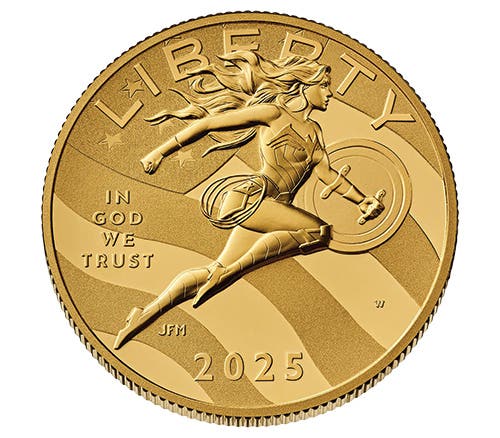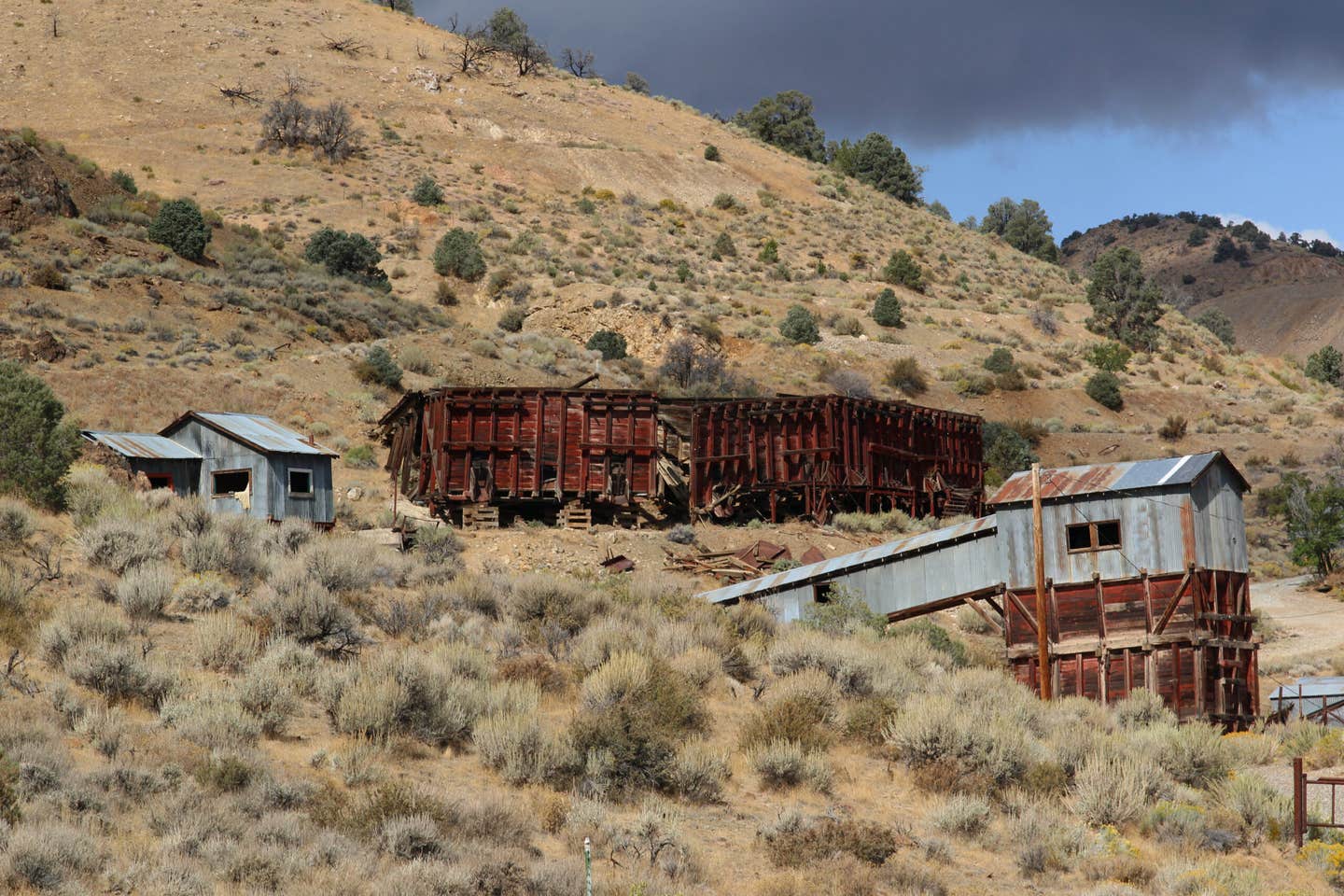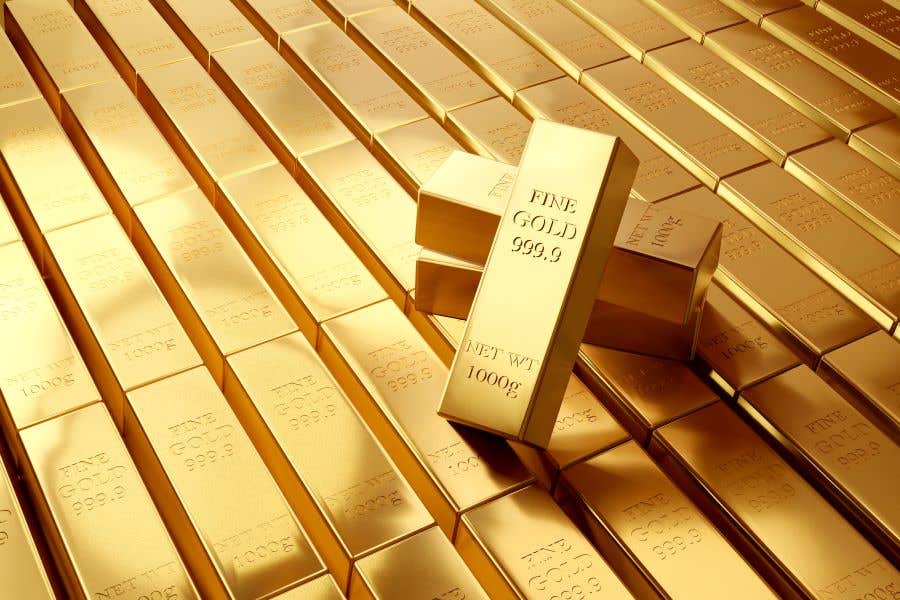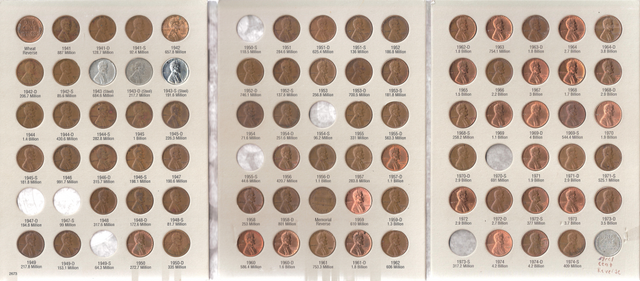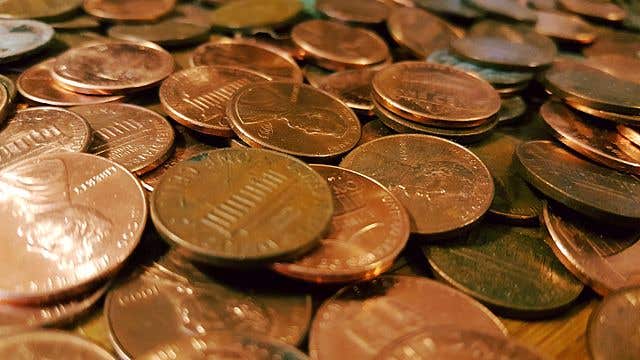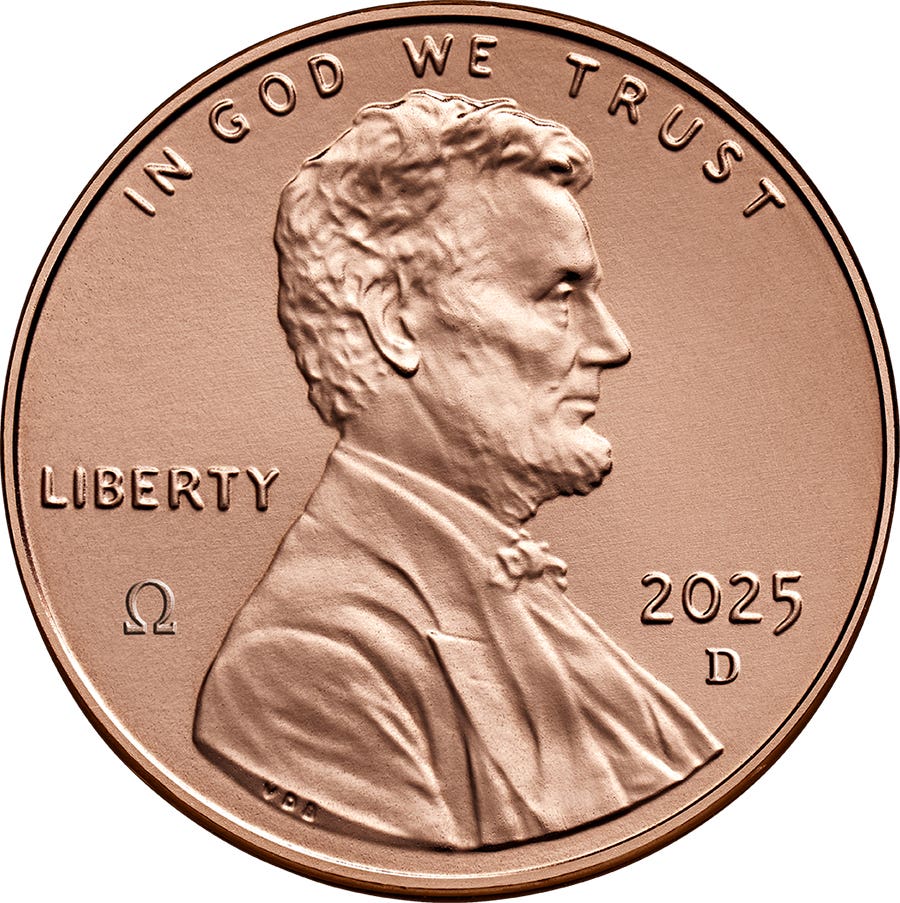Follow-Up Developments from Recent Columns
Updates from Patrick Heller include Innovation Dollar ceremonies and bullion tax shifts.
My April 4 column described how the Michigan State Numismatic Society worked with other organizations to host a public release ceremony on April 8 for the Michigan Innovation Dollar, the first such event for this coin series.
While the U.S. Mint did not send an official to participate in this ceremony, Mint officials expressed willingness to work with organizations in other states interested in hosting public release events for yet-to-be-issued Innovation Dollars.
When the Florida United Numismatists were contacted about hosting a comparable event for their coin that debuted earlier this month, FUN officials didn’t think there was enough time to make the arrangements. However, Texas Numismatic Association members are in the planning stages to see what they might be able to do when their Innovation Dollar comes out on July 29.
I hope other state numismatic organizations will automatically plan similar public release ceremonies when their subsequent coins in this series debut. When the U.S. Mint held public release ceremonies for the Statehood Quarter series and the America the Beautiful Quarters, a Mint official was a keynote speaker at the event, and a local bank handled providing the coins to the public.
For the American Innovation Dollars, the Mint is minimizing costs. No Mint official is participating in such ceremonies, and the sponsoring organizations must purchase the coins from the Mint at the 100-bag coin rates charged by the Mint. Still, hosting and covering the costs of such events is within the educational purposes of numismatic organizations.
My April 25 column disclosed that the Maryland government has repealed its precious metals bullion and coin sales tax exemption, effective July 1, 2025. It also mentioned that the Washington state legislature had a bill under consideration that would repeal that state’s bullion and monetized bullion sales tax exemption. Since then, this bill has become law in Washington state, repealing the exemption as of Jan. 1, 2026.
As mentioned in that column, affluent purchasers of precious metals, bullion, and coins have several alternative options to acquire positions in such assets that will not be subject to Maryland or Washington sales taxes. Unfortunately, those conducting smaller transactions have few options to consider, with the most common being traveling to bordering states that still have such exemptions and renting a safe deposit box to store their purchases out of state to avoid a use tax liability.
Last column’s numismatic trivia question
Last time, I asked Why there were so few U.S. silver half dimes, half dollars, and dollars struck in 1794 and no other gold and silver coin denominations. The U.S. Mint struck only 23,464 half dollars and 1,758 dollars dated 1794. An unknown number of the 12,500 half dimes dated 1794 or 1795 were struck for the first year. The U.S. Mint was still developing operations, so it did not strike any $5.00 or $10.00 gold coins until 1795 or any dimes, quarters, or $2.50 gold coins until 1796. The low mintages of 1794-dated silver coins resulted from production beginning late that year. Also, the coin presses used in 1794 weren’t adequate to fully strike a dollar-sized coin. In 1794, the Mint focused on the copper cents and, to a lesser degree, half cents, both of which began production in 1793. For silver coins, the half dollar had the highest mintage, enabling the Mint to issue the greatest face value of coins that the presses could properly strike.
Another issue in early U.S. Mint history was that the earliest silver coins were struck to .900 purity rather than the legally specified .8924 purity. Consequently, those who deposited silver with the U.S. Mint to be coined were slightly cheated in the number of coins they received, discouraging people from bringing silver to the Mint.
This week’s trivia question
Here is this week’s question. Which U.S. president appears on the largest number of types of U.S. coins? Come back next week for the answer.
Patrick A. Heller was honored as a 2019 FUN Numismatic Ambassador. He also received the American Numismatic Association 2018 Glenn Smedley Memorial Service Award, the 2017 Exemplary Service Award, the 2012 Harry Forman National Dealer of the Year Award, and the 2008 Presidential Award. Over the years, he has also been honored by the Numismatic Literary Guild (including twice in 2020), the Professional Numismatists Guild, the Industry Council for Tangible Assets, and the Michigan State Numismatic Society. He is the communications officer of Liberty Coin Service in Lansing, Michigan, and writes “Liberty’s Outlook,” a monthly newsletter on rare coins and precious metals subjects. Past newsletter issues can be viewed at www.libertycoinservice.com. Some of his radio commentaries, "Things You ‘Know’ That Just Aren’t So,” and “Important News You Need To Know,” can be heard at 8:45 a.m. Wednesday and Friday mornings on 1320-AM WILS in Lansing (which streams live and becomes part of the audio archives posted at www.1320wils.com).
You may also like:




